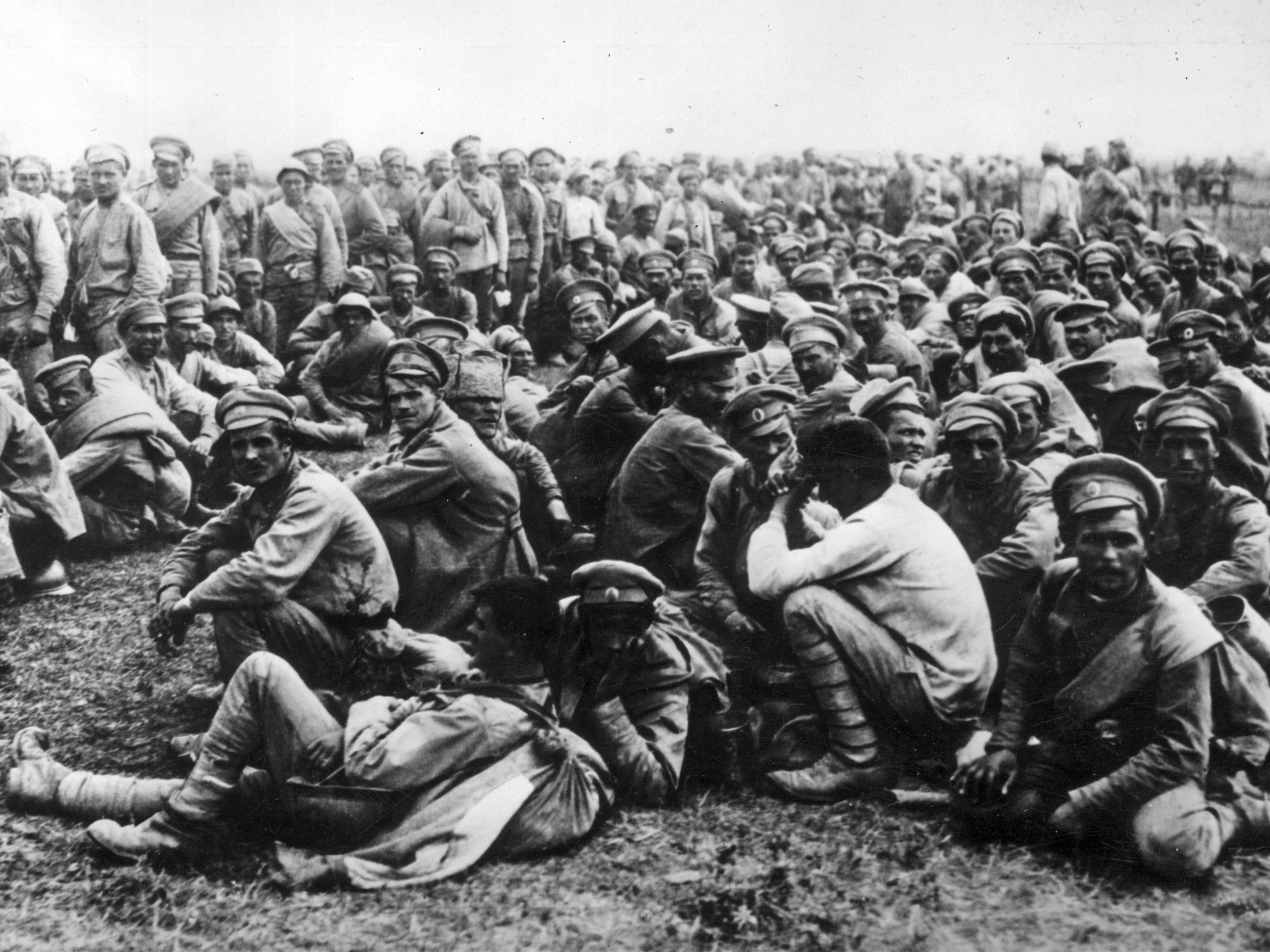A History of the First World War in 100 Moments: Russia loses an army at the Battle of Tannenberg
For Russians, it was one of the great military disasters: an episode of epic incompetence that spawned at least one literary masterpiece. Richard Askwith reflects on the events in East Prussia in August 1914

Your support helps us to tell the story
From reproductive rights to climate change to Big Tech, The Independent is on the ground when the story is developing. Whether it's investigating the financials of Elon Musk's pro-Trump PAC or producing our latest documentary, 'The A Word', which shines a light on the American women fighting for reproductive rights, we know how important it is to parse out the facts from the messaging.
At such a critical moment in US history, we need reporters on the ground. Your donation allows us to keep sending journalists to speak to both sides of the story.
The Independent is trusted by Americans across the entire political spectrum. And unlike many other quality news outlets, we choose not to lock Americans out of our reporting and analysis with paywalls. We believe quality journalism should be available to everyone, paid for by those who can afford it.
Your support makes all the difference.The Battle of Tannenberg, less than a month into the war, was one of Russia’s greatest military disasters. The Russians launched a vast two-pronged attack on East Prussia using its 1st and 2nd Armies, but lacked the competence to complete it. The fast-moving Germans, helped by the planning of Colonel Maximilian Hoffman and by the capture of two unencrypted messages revealing the Russians’ intentions, were able to encircle the 2nd Army before it could link up with the 1st.
A huge German artillery assault on 27 August (14 August in the Russian calendar) was a major turning-point. The following day, the 2nd Army’s commander, General Alexander Samsonov, recognised that his force was completely surrounded and gave the order to withdraw – too late. The Russian forces, many abandoning their weapons, fled in disorder, with huge numbers taken prisoner by the encircling Germans.
Aleksandr Solzhenitsyn, whose great historical novel, August 1914, recreated the disaster of Tannenberg in exhaustive detail, described the crowds of prisoners thus: “The Germans have formed a line to comb the forest and are flushing them out like animals. They pick them up and if they are badly wounded they shoot them to put them out of their misery. Here comes a column of prisoners, virtually unescorted… They are already swaying and stumbling; it is worst of all for those with leg-wounds. You are lucky if you have a faithful comrade so that you can put an arm around his neck and he can half-lead, half-carry you.
“For other prisoners it is even worse: they are not allowed to march away but are harnessed instead of horses to their own Russian guns, which are now trophies of war, and have to drag them, pull them and push them up to where the victors are patrolling the main road in armoured cars, with armed cyclists and machine-gunners ready to open fire…The column of men on foot is led into a cage for people, fenced in with barbed wire, so makeshift as to be little more than symbolic, on temporary poles stuck into the ground. Here the prisoners are strewn about on the bare earth, lying, sitting, clasping their heads, standing, walking, exhausted, some with their arms in slings, some bandaged, some unbandaged, some bruised, some with open wounds and others, for some reason, in nothing but their underwear; some are barefoot and none of them, of course, have been fed. Mournful, forsaken, they look at us through the barbed wire…”
By 30 August, more than 90,000 Russians had been captured; about 30,000 had been killed or wounded; barely 10,000 escaped.
General Samsonov shot himself rather than endure the shame of reporting the disaster to the Tsar.
‘August 1914’, by Aleksandr Solzhenitsyn, from which the above quotations are taken, will be republished by Vintage Books in August, at £10.99
Join our commenting forum
Join thought-provoking conversations, follow other Independent readers and see their replies
Comments